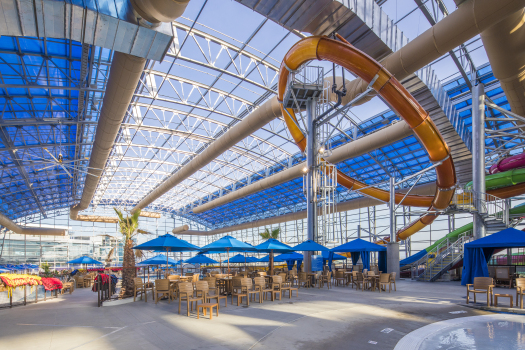It is hard to point to a commercial property asset class that has taken a harder hit than hotel development sites. In 2019, land sales designated for hotel, motel or hospitality use totaled $626 million. Last year, the sales volume for hotel development sites collapsed to just under $98 million.
In an average year, these sales occur quite frequently. Between 2015 and 2019, CoStar Group tracked an average of 116 land sales per year in which the buyer confirmed the future land use as a hotel.
With the proliferation of travel restrictions and hotel closures during 2020, the number of land sales designated for hotel development declined sharply to just 48. And in the first eight months of 2021, only 35 such land deals closed. This stands in sharp contrast to the 129 sales in 2019, the most in a single year since 2010.
Developers were likely spooked by the poor operating results of hotels in 2020, especially compared to the continued strong performance of multifamily residences and industrial warehouse space.
The total annual average land sales volume for hotel sites was $374 million between 2010 and 2019 after averaging just below the $500 million mark between 2015 and 2019.
In addition to the number of land sales plunging, the average price per square foot paid for hotel development sites has also declined drastically over the last few years. In 2019, buyers paid $132 per square foot for these sites. That average dropped to $81 per square foot in 2020.
This year, the average price is only $54 per square foot reflecting the greatly diminished demand for hotel development, especially in higher-priced urban areaslocations since hotels in those locations are often highly group-dependent and developers are assessing the future demand for large-group meetings in the next decade.
The sales volume reported by CoStar may be understating the actual amount since developers and land buyers can change their minds on the specific use planned for the site after buying it. In addition, this analysis only considered land that was specifically designated for hotels and omitted all mixed use developments, but it does provide insight on the overall trends for the last few years.
Examining the hotel land sales data back to 2010 shows that the per square foot prices can vary widely depending on the location. A prime development site in a downtown central business district that sells to a hotel developer can often fetch over $1,000 per square foot. In urban locations, outside of the central business district, the price on average is around $185 per square foot. In suburban locations, even farther away from the business hubs, prices come down to around $23 per square foot.
These prices partially dictate the class of hotel and price point that developers can achieve to return a profit. Limited-service hotels are often located in suburban locations whereas higher-priced full-service hotels are primarily in central business districts.
Given the sharp deterioration in hotel operation fundamentals in 2020, developers are now more vigilant about the highest and best use of real estate, especially since other asset classes promise potentially higher and quicker returns. For the next few quarters, we can expect developers will continue to shy away from hospitality and hotel assets until occupancy and room rate fundamentals have recovered to pre-pandemic levels.


